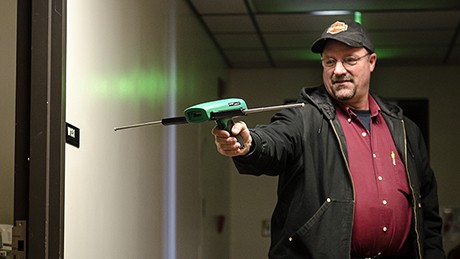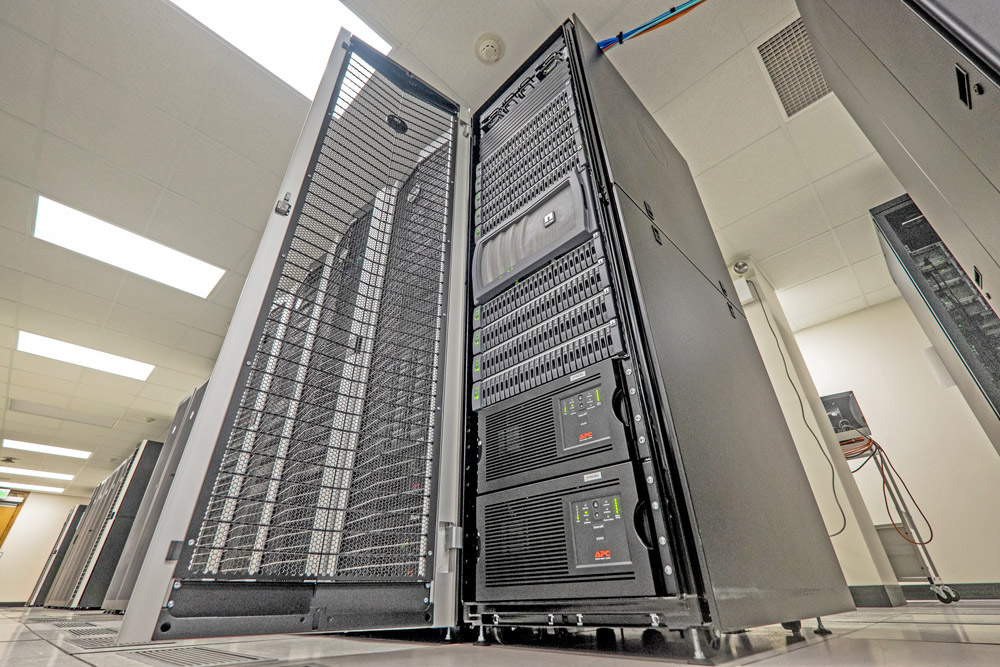
MSU IT has been required by the Federal Communications Commission to perform radio frequency leakage testing on the MSU cable network to ensure that it is in compliance with federal and local laws.
Cable television works by sending video information through a protected coax cable. This video information can be in frequencies that are used by public safety communications, air traffic, cell phones, FM radios and more. If the video signals leak out of the cable, they could interfere with other signals and cause safety issues.
A well-protected cable will contain video signals so they do not “leak” out. The problem starts to occur when malfunctioning equipment, improperly connected cables and improperly installed splitters allow radio frequency leakage. For most homes this is usually not an issue, but with areas of high population density such as MSU a normal amount of leakage becomes a problem, and MSU could be charged fines if it is not corrected.
MSU IT staff members periodically inspect residence halls to check for leakage coming from rooms. They will be accompanied by the maintenance staff in your building and will use a green sensor. If leakage is found coming from your room, they will take corrective action by either replacing your coax connector or disconnecting your television. If they enter your room, they will leave a note explaining the problem and what was done to fix it. You may be charged for any parts (new cables) that are required to fix the problem in your room.


